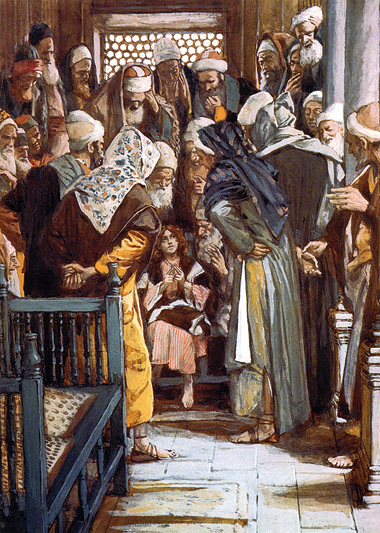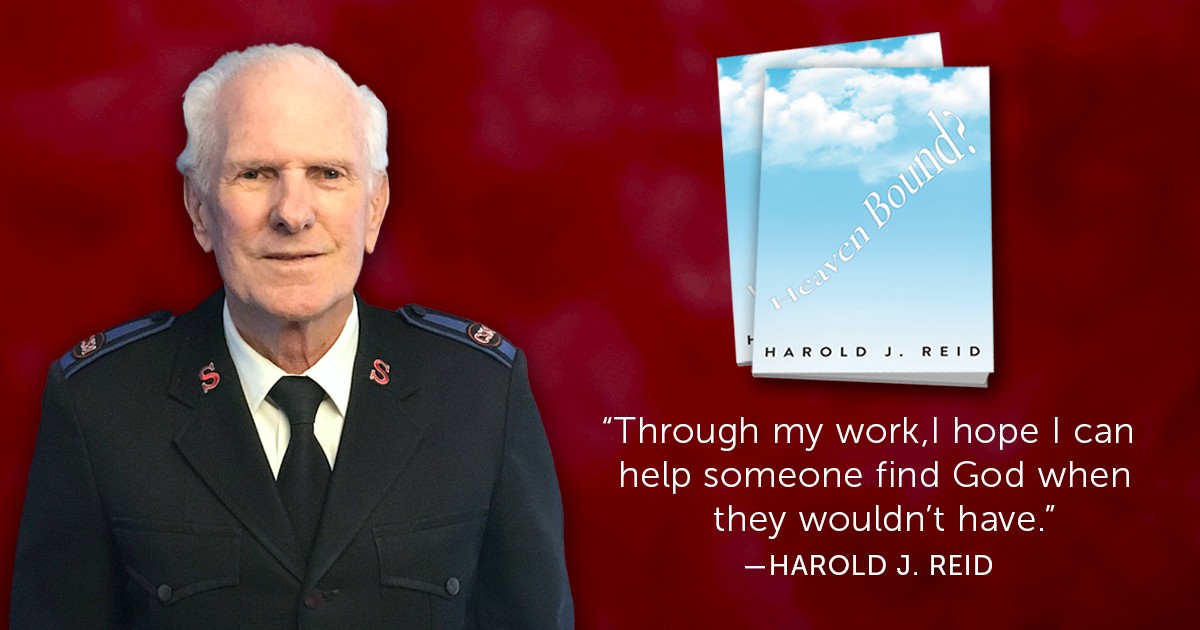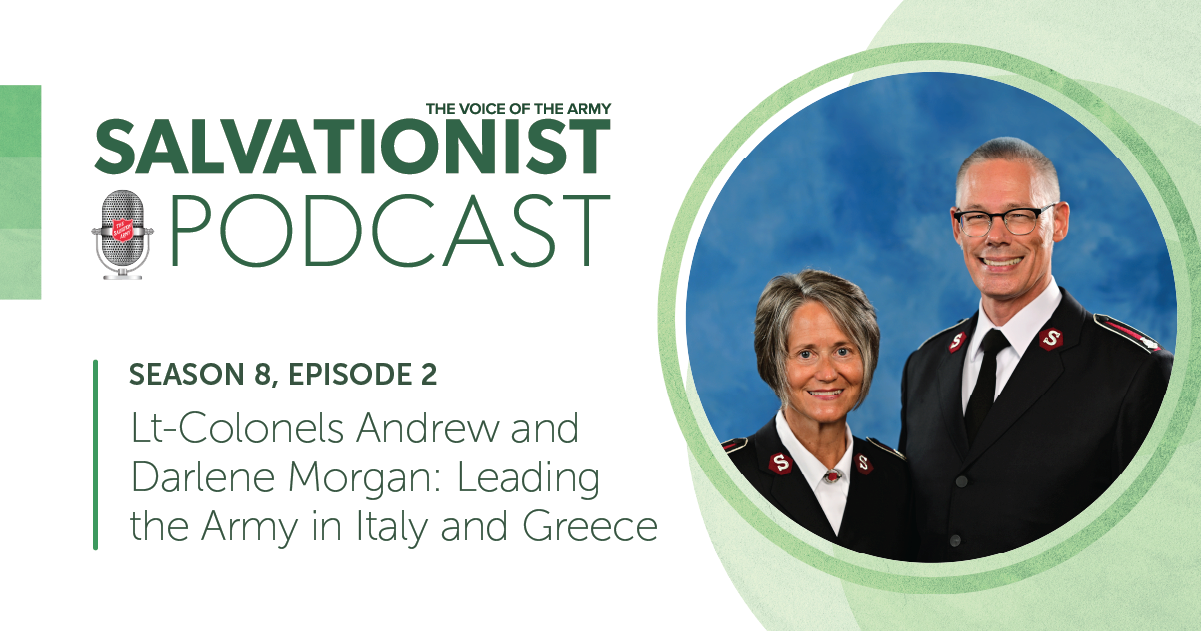 It wasn't the response his parents anticipated. Mary and Joseph had taken their 12-year-old son to Jerusalem for the Passover festival. When it was over, they set out for their hometown of Nazareth, assuming that Jesus was in the company of other pilgrims. But he wasn't.
It wasn't the response his parents anticipated. Mary and Joseph had taken their 12-year-old son to Jerusalem for the Passover festival. When it was over, they set out for their hometown of Nazareth, assuming that Jesus was in the company of other pilgrims. But he wasn't.
When they finally caught up with Jesus, he was engaged in the give-and-take of dialogue with other teachers in Jerusalem's temple. Exasperated, his parents asked, “Why have you treated us like this? We have been looking all over for you.” His response caught them off guard: “Did you not know that I must be in my Father's house?” (Luke 2:49 NRSV). Jesus' words jarred his parents, jolted them into incomprehension.
Parents understand what it means to face this moment. It's that occasion when their daughter's emerging sense of identity comes into focus. It's that day when their son differentiates himself from his parents and begins to stake out his individuality. It can be a difficult moment, a jarring moment.
While there are many factors that contribute to our identity, stories play an important role. We understand who we are in light of the stories of which we are a part. Recall the children's fantasy, Peter Pan, where Peter confides to Wendy: “I don't know any stories. None of the lost boys know any stories.” Because of this, Peter seems incapable of growing up, of knowing who he is. Philosopher Alasdair MacIntyre put it this way: “Deprive children of stories and you leave them unscripted, anxious stutterers in their actions as in their words.” Identity is fashioned by the stories that include us.
Of the four Gospels in the New Testament, Luke is the only one to narrate this episode in the life of Jesus. Yet this brief account (see Luke 2:40-52) helps us to understand the important ways in which the identity of Jesus was shaped. Luke observes, “Now every year his parents went to Jerusalem for the festival of the Passover. And when he was 12 years old, they went up as usual for the festival” (2:41-42 NRSV). In other words, each year his parents made the expected Jewish pilgrimage to Jerusalem in order to celebrate the Passover. They celebrated the story of God's liberation of Israel from its bondage in Egypt. The temple would have introduced Jesus to the symbols of this liberation. The pilgrims who journeyed to Jerusalem from all parts of Israel would have enabled Jesus to experience the greater community formed by that story.
It's intriguing, too, that Luke's Gospel connects the celebrations of Passover with the growth of Jesus. In fact, the whole episode is framed by the language of growth: “The child grew and became strong…. And Jesus increased in wisdom and in years, and in divine and human favour” (2:40, 52 NRSV). Jesus was included within the story of God's saving actions, and he grew.
Thus his parents took him “as usual” to the larger celebrations of Israel's story. Those celebrations helped Jesus to understand his identity. And that emerging sense of identity led him to his own sense of vocation.
When a new hockey player joins the Montreal Canadiens, he becomes part of a story. Photos of Jean Beliveau, Maurice “Rocket” Richard and Jacques Plante grace the walls of the Bell Centre, and banners of championship years hang from the rafters. These symbols remind the new player that he is part of a storied team. He is part of something greater than himself. This identity will impact the way he plays the game.
My own boyhood was spent in the “steel city” of Hamilton, Ont. Its fierce football rivalry with Toronto helped to fashion my own sense of identity. However, whenever there was an important Salvation Army event in Toronto, my parents would drive their sons to that city for it. As much as they valued our Hamiltonian expression of faith, they understood that joining with all Salvationists was important. Those celebrations contributed to my own sense of identity. The yellow and black blood of the Tiger-Cats still pulses through my veins, but the larger salvation story made its claim on my life.
How will we help our young people understand this story of God's liberating actions today? This narrative centres on the person of Jesus of Nazareth. It's the story of God who risks loving and trusting us. It's an unfinished story. But it's one that invites us to understand who we are, to grow within it and to serve from it.
Illustration: Jesus Sitting in the Midst of the Doctors, James Tissot, c. 1895
 Major Ray Harris is a retired Salvation Army officer. He enjoys watching Corner Gas reruns and running in Winnipeg's Assiniboine Park.
Major Ray Harris is a retired Salvation Army officer. He enjoys watching Corner Gas reruns and running in Winnipeg's Assiniboine Park.









Leave a Comment